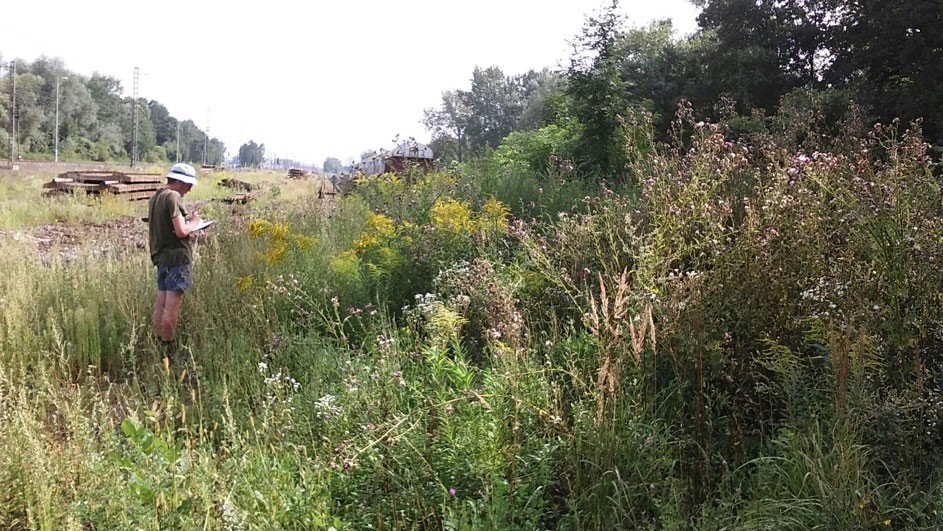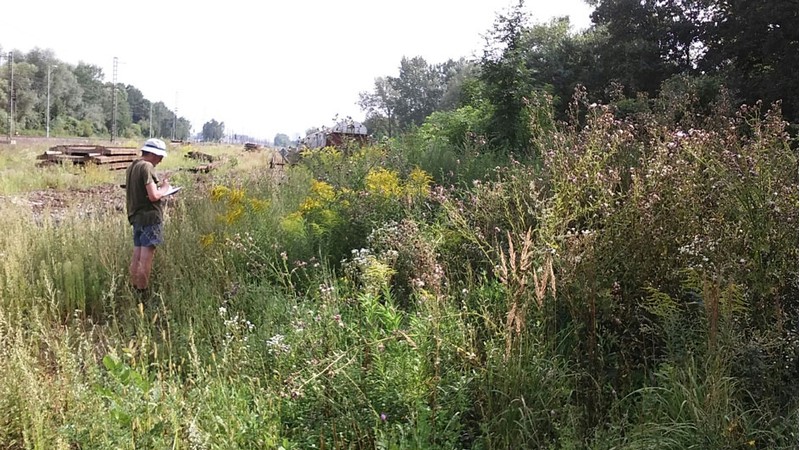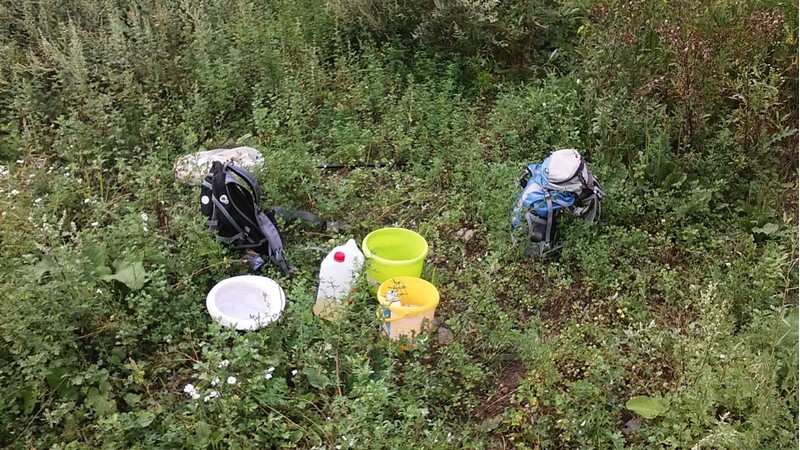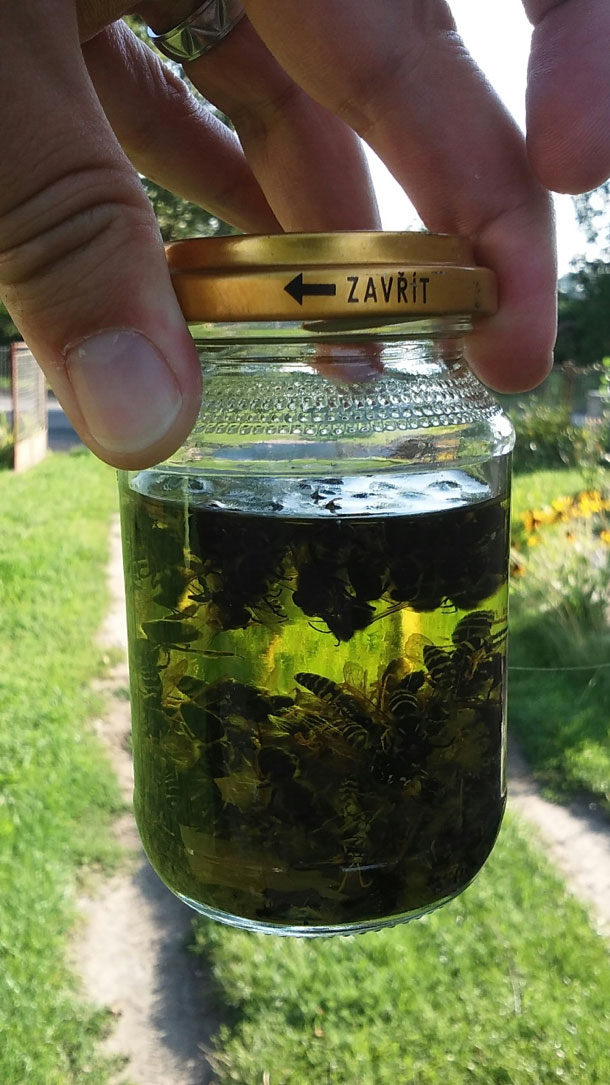Insects associated with flowers on non-native and invasive plants

Faculty of Science UHK
Project Description
The already high number of alien plants in Europe is increasing every year. Most of these plants are those that have escaped from cultivation or that have been unintentionally introduced to long-distance traffic. Their spontaneous occurrences are often temporary and usually have no detrimental effects on the native flora and fauna. However, several alien species have become invasive, and problems associated with their invasions (such as the formation of impenetrable tall, dense vegetation, elimination of rare native plant species, production of allergens, and harmful secondary metabolites) are well-known even among the public. Interestingly, some of these invasive species are close relatives of the native plants known for hosting a broad spectrum of insects that feed on their pollen and/or nectar. Furthermore, flowers of certain alien plant species serve as sources of pollen and nectar for rich communities of bees, flies, butterflies, and other insects.

Our survey started in 2017, and goldenrods Solidago canadensis and Solidago gigantea (native in North America and invasive in Europe) became the first plants studied. There are several studies on the negative effects of these plants on flora and fauna in Europe. These studies focused especially on the issue of overgrowing in large areas with originally open sparse vegetation, particularly in anthropogenic habitats. Our study was initiated by our previous observation conclusions - flowers of the goldenrods host very rich communities of hymenopterans, including numerous threatened species. Importantly, small patches of goldenrods near protected areas were the only nectar and pollen sources for rare species of bees and wasps occurring there.

In the summertime of 2017, when the goldenrods came into flower, we collected all invertebrates on flowers of these invasive plants in 18 localities near six cities in the Czech Republic. The collected material is now being identified, and the results - species spectra and their correlation to environmental variables - will be soon published. The follow-up studies will focus on the effects of other invasive plant species on insect diversity. We particularly intend to compare insect communities associated with flowers of invasive Heracleum mantegazzianum with our native H. spondylium.
Duration of the research period: Since 2017. The first manuscript is expected to be finalized in 2019.

Project supervisor
Section navigation: Topics

